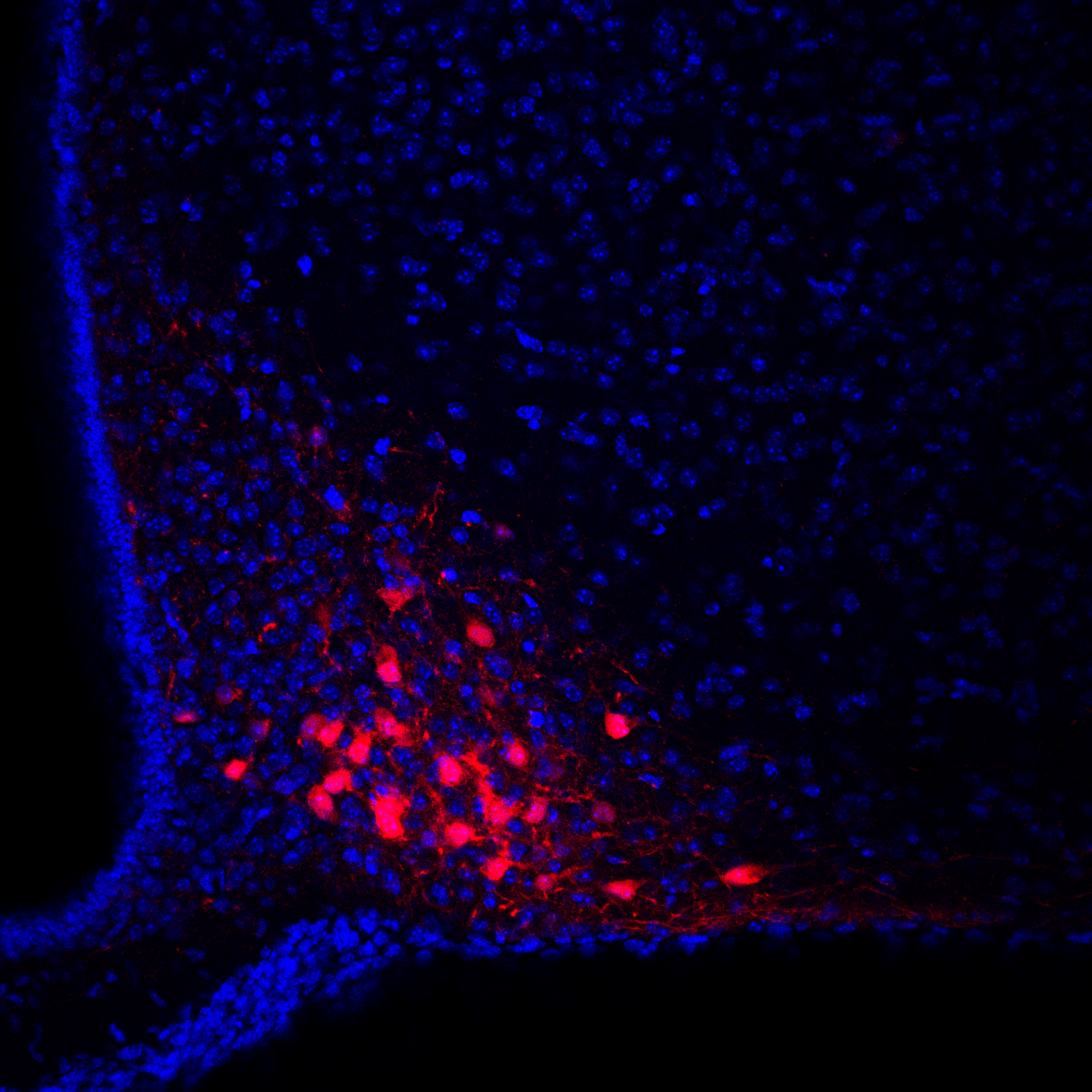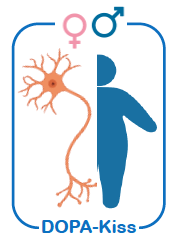Main Achievements
Key scientific advances and milestones achieved during the DOPA-Kiss project.Overview
Since its inception, DOPA-Kiss has delivered substantial progress in elucidating the neuroendocrine integration of dopaminergic and kisspeptin systems in the regulation of puberty and metabolism.
The project has combined advanced molecular profiling, functional analyses, and genome editing to generate novel insights with translational relevance.
Highlights of Scientific Progress
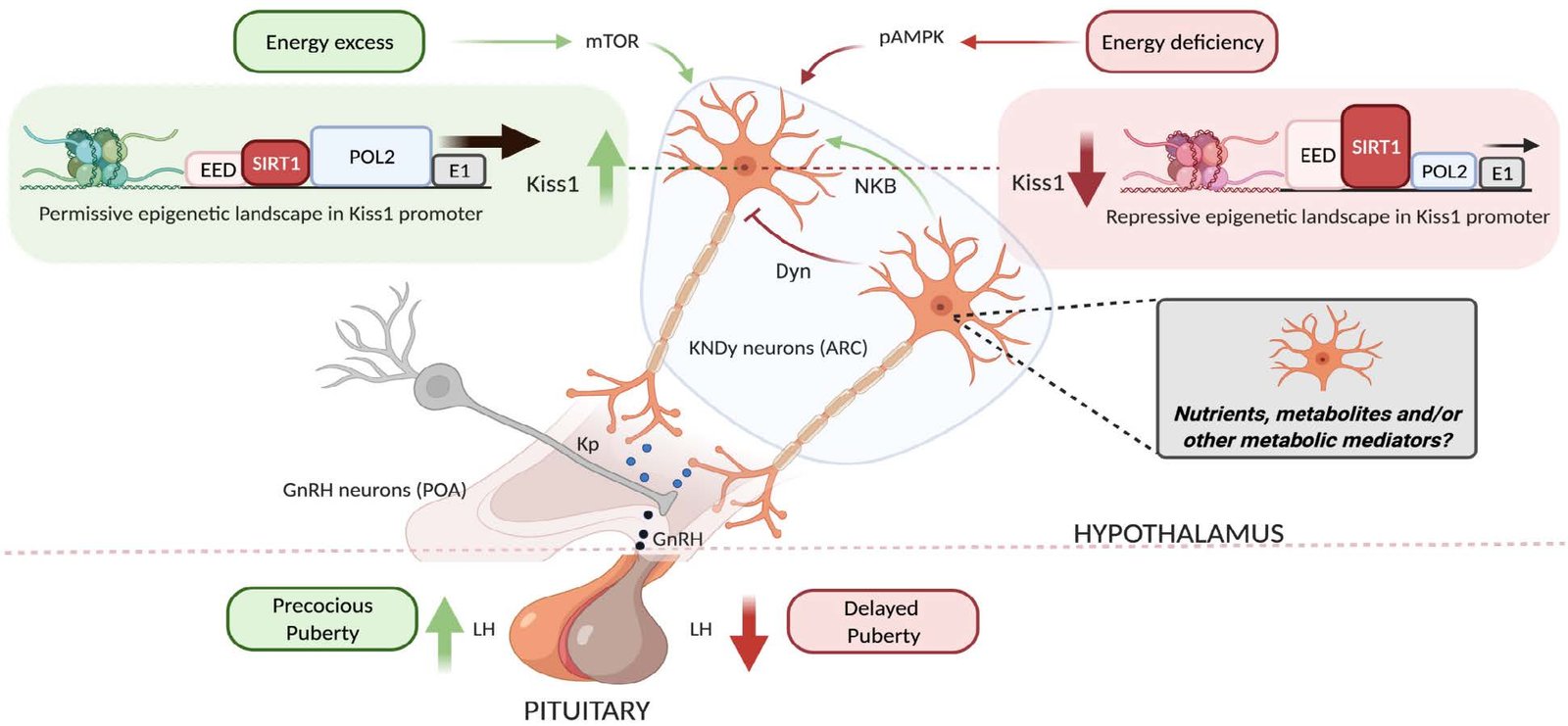
Molecular characterisation of neuronal diversity
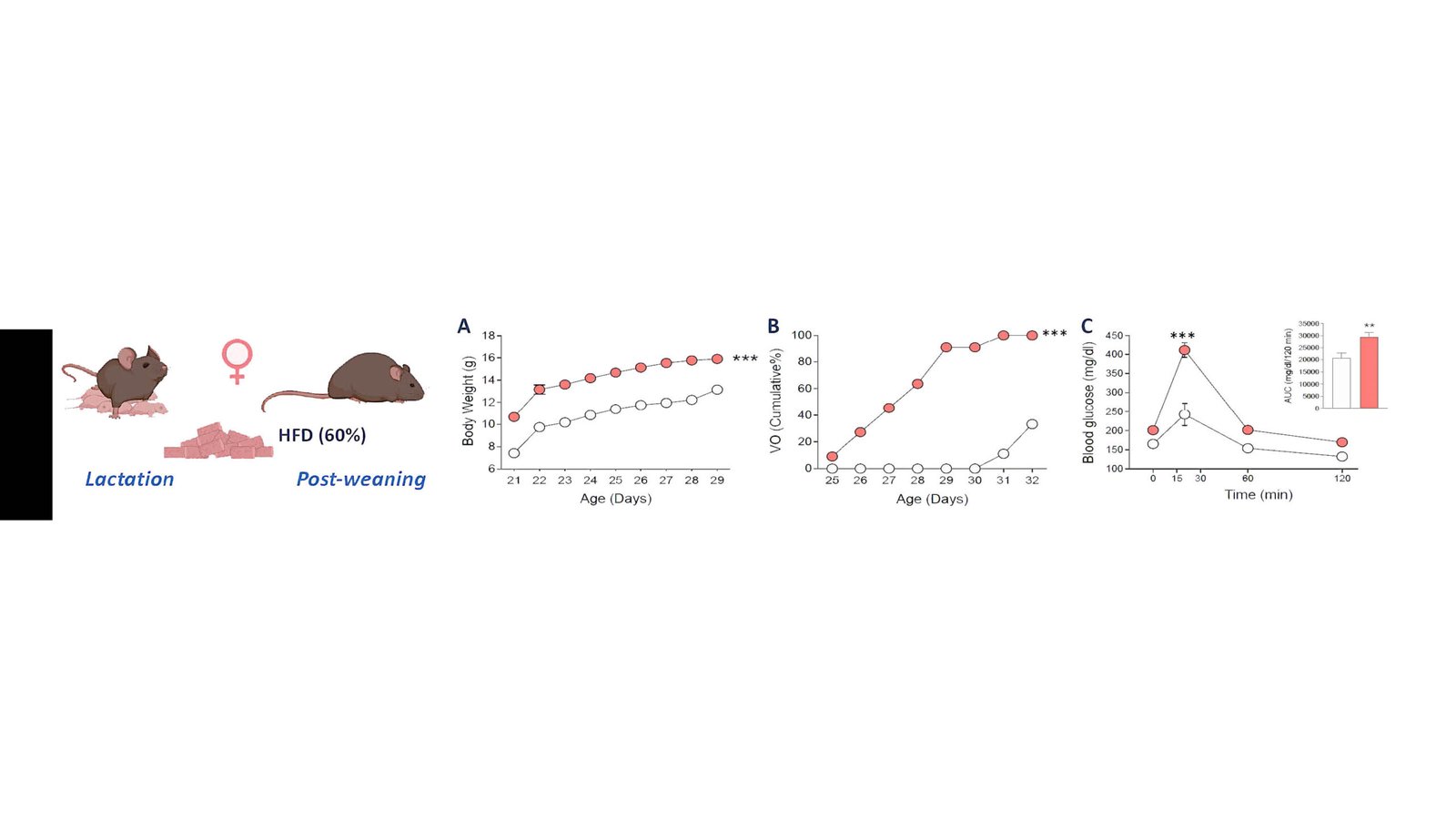
Mechanisms of metabolic modulation
Demonstration of how nutrient and lipid sensing pathways, including PPARγ and p53 signalling, modulate kisspeptin neuron activity and influence pubertal timing.
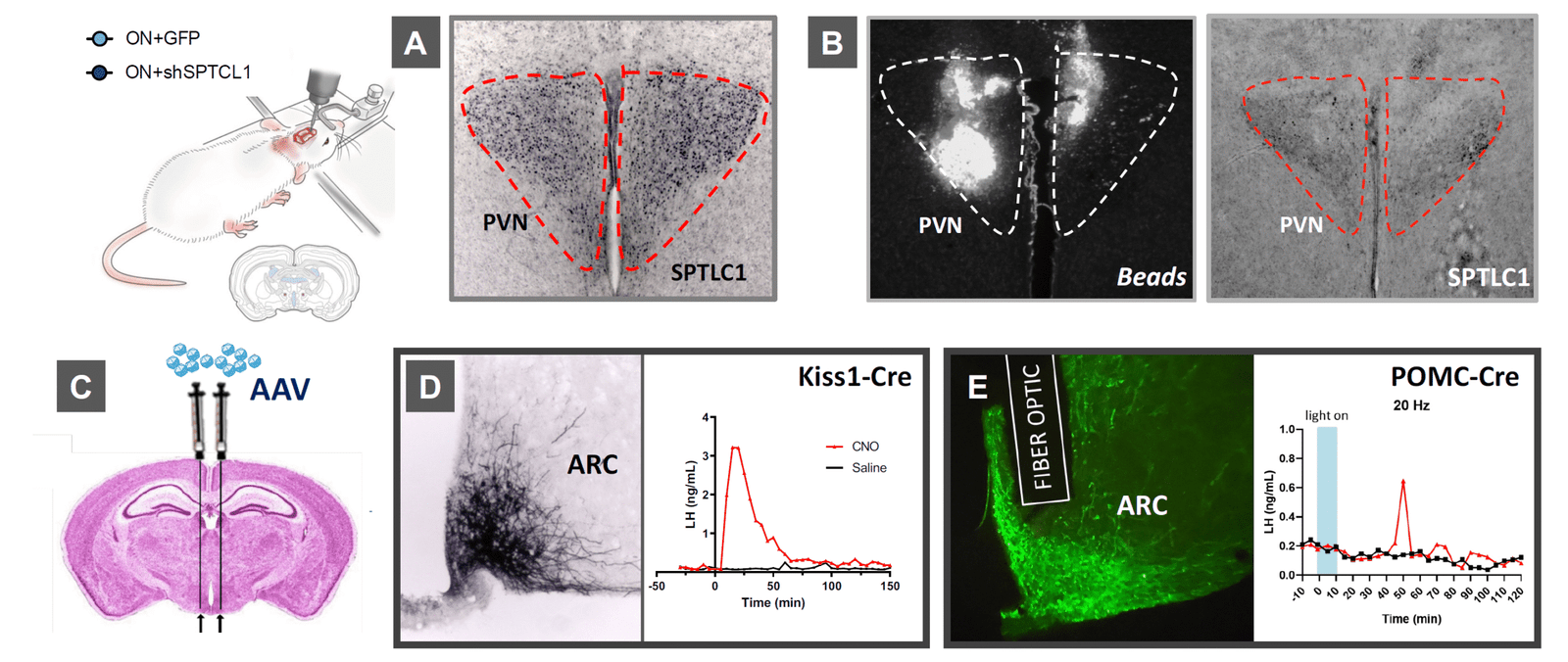
Genome editing to establish causality
Successful application of CRISPR/Cas9 and Cre-LoxP systems to selectively manipulate key molecular targets in vivo, confirming their role in reproductive and metabolic regulation.
Publications and Dissemination
Results from DOPA-Kiss have been disseminated through high-impact scientific journals and presentations at leading international conferences.
The project actively engages in scientific outreach and maintains collaborations to maximise the reach and impact of its findings.
📑 Título de artículo o publicación. Enlace a la publicación.
📑 Título de artículo o publicación. Enlace a la publicación.
📑 Título de artículo o publicación. Enlace a la publicación.
📑 Título de artículo o publicación. Enlace a la publicación.
Impact and Future Directions
The insights generated by DOPA-Kiss provide a foundation for future research aimed at developing preventive and therapeutic strategies for puberty-related disorders.
Ongoing work will extend these findings to additional models and explore clinical translation in collaboration with partner institutions.
